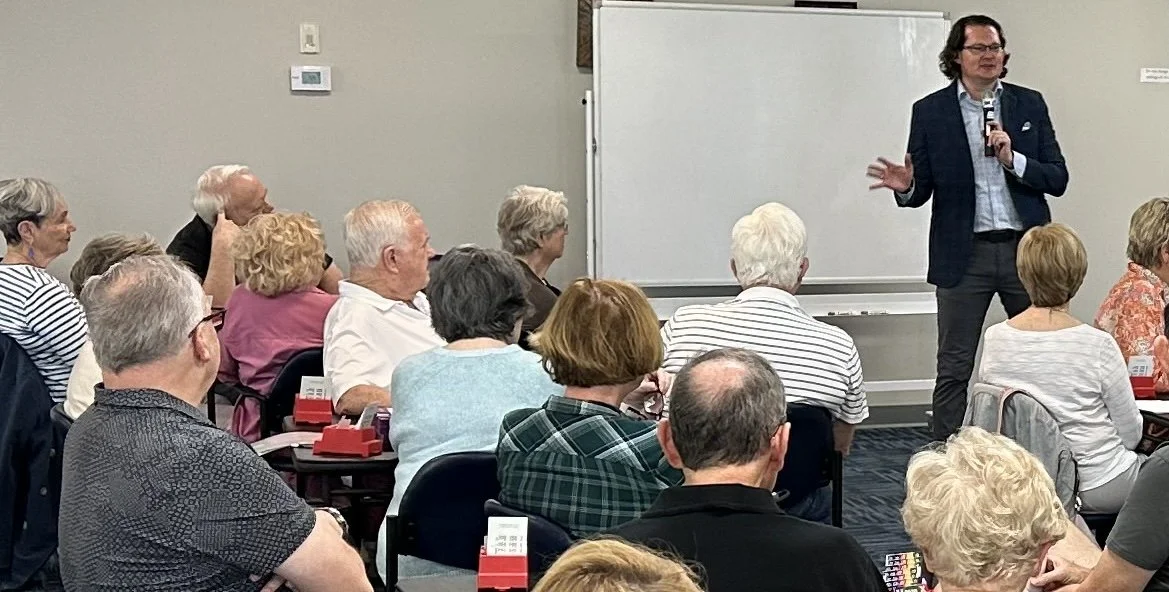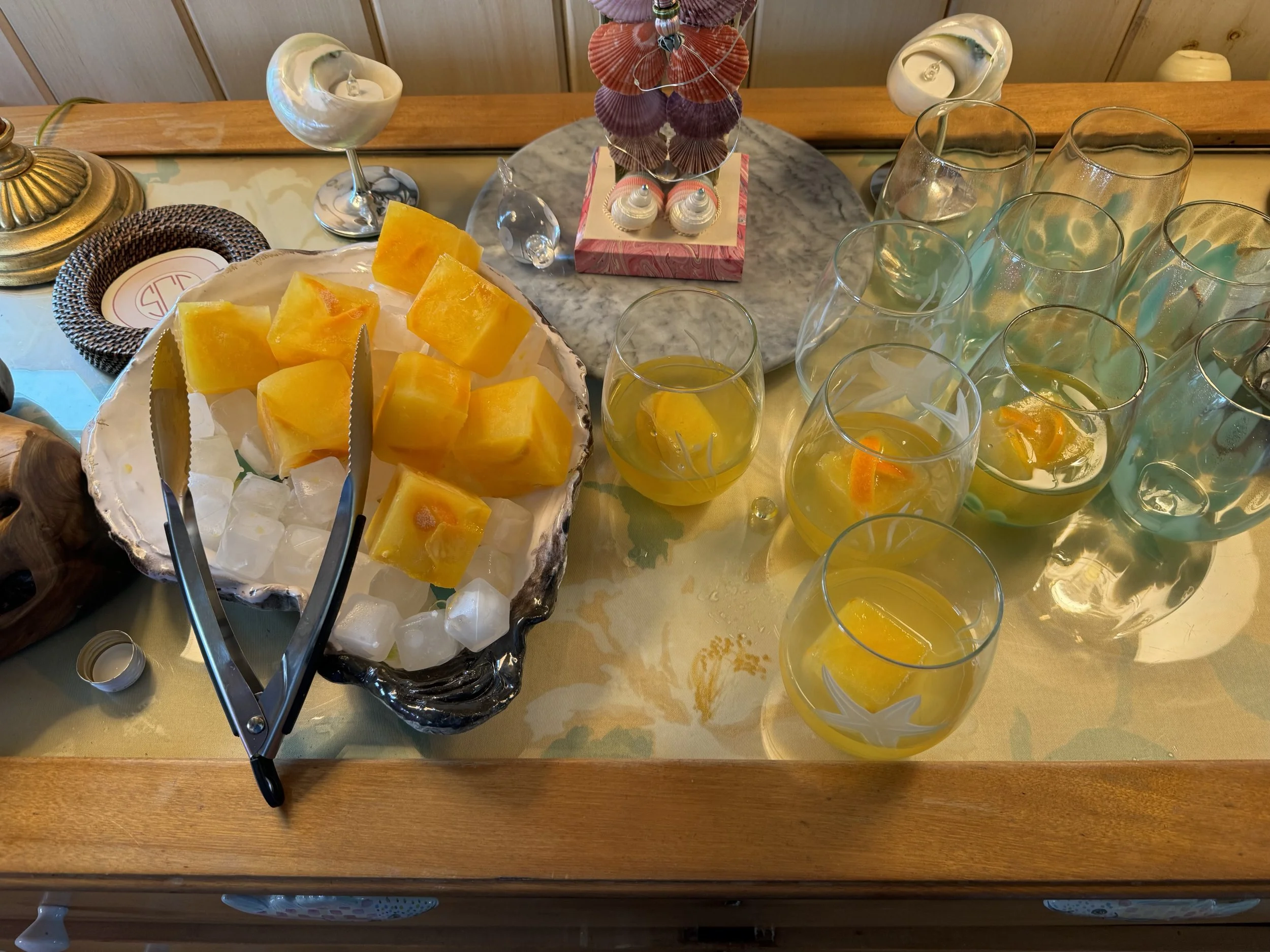(562) NT and Balancing Auctions: Other Balancing Actions
When our left-hand opponent opens the bidding and the auction passes around to us, we have a big decision to make – should we get into this auction, or should we leave the opponents to play at the 1-level? We have a variety of bidding tools to help us compete in the bidding, but we need to use our judgment about when to compete in the bidding and when to keep quiet. Here we look at some of the classic bidding situations where we have a difficult decision and then overview some of our bidding tools in these auctions.

























